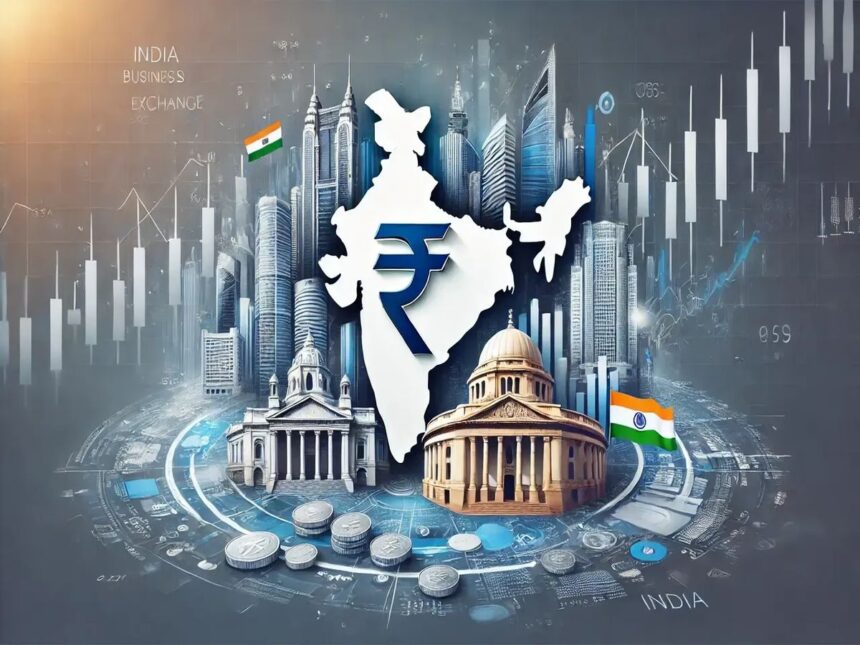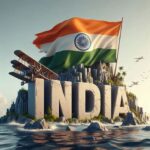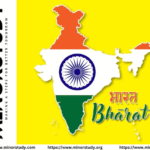Indian Economy – History, Facts, Significance, and Impact on Our Lives
The Indian Economy is one of the largest and fastest-growing economies in the world, blending ancient traditions with modern innovations. It is the backbone of India’s progress, influencing everything from how we earn our livelihood to how we engage with the global market. From the days of ancient trade routes to being a modern-day tech powerhouse, India’s economic story is fascinating, diverse, and deeply connected to the life of every citizen.
- History of the Indian Economy
- 1. Ancient Era – The Golden Age of Trade
- 2. Medieval Period
- 3. Colonial Period (1757–1947)
- 4. Post-Independence Era (1947–1991)
- 5. Liberalization Period (1991 onwards)
- Key Facts about the Indian Economy
- Timeline of Economic Milestones
- Significance of the Indian Economy
- Observance and Economic Celebrations
- Daily Life Impact of the Indian Economy
- Wishes and Positive Economic Vision
- FAQs about the Indian Economy
- Conclusion
History of the Indian Economy
1. Ancient Era – The Golden Age of Trade
India has had a rich economic history dating back over 5,000 years.
Indus Valley Civilization: Agriculture, handicrafts, bead-making, and trade through ports like Lothal.
Maurya & Gupta Periods: India was a global economic leader, with GDP estimates placing it among the world’s top. Trade in spices, cotton, silk, and precious stones flourished with Rome, China, and Southeast Asia.
2. Medieval Period
Under the Delhi Sultanate and Mughal Empire, India became a major center for textiles, especially fine muslin and silk.
India’s share of the world economy remained strong, with bustling cities like Surat and Dhaka as global trade hubs.
3. Colonial Period (1757–1947)
The British colonial system shifted India’s economy towards resource extraction.
Industries like textiles declined, while railways and plantations were developed primarily for British benefit.
Famines, taxation policies, and the dismantling of indigenous industries weakened India’s self-sufficiency.
4. Post-Independence Era (1947–1991)
Focused on self-reliance through Five-Year Plans, public sector enterprises, and agriculture reforms (Green Revolution).
Industrialization took off, but the economy remained slow due to the “License Raj” system.
5. Liberalization Period (1991 onwards)
Economic reforms under PM P.V. Narasimha Rao and Finance Minister Dr. Manmohan Singh opened India to global trade and investment.
IT, telecom, manufacturing, and services saw exponential growth.
Today, India is the 5th largest economy in nominal GDP and 3rd largest by purchasing power parity (PPP).
Key Facts about the Indian Economy
GDP (2025) – Estimated at over $4.2 trillion nominal and $16 trillion PPP.
Fastest-growing major economy – Projected growth rate of over 6% in 2025.
Agriculture’s Role – Employs about 40% of the population but contributes around 18% to GDP.
Service Sector – The largest contributor, making up 55–60% of GDP.
Manufacturing – Growing through ‘Make in India’ initiatives.
Major Exports – Petroleum products, gems, jewellery, machinery, and IT services.
Stock Exchanges – BSE and NSE are among the largest in the world.
Foreign Exchange Reserves – Over $650 billion (2025).
Digital Economy – India has the world’s largest number of real-time digital transactions.
Workforce – Over 500 million workers, making it the 2nd largest labour force globally.
Timeline of Economic Milestones
| Year | Event |
|---|---|
| 1947 | Independence – Adoption of a planned economy |
| 1951 | First Five-Year Plan launched |
| 1965–70 | Green Revolution transformed agriculture |
| 1991 | Economic liberalization reforms |
| 2000s | IT and outsourcing boom |
| 2016 | GST (Goods & Services Tax) implemented |
| 2020 | Digital India & Aatmanirbhar Bharat push |
| 2023 | India became 5th largest economy |
| 2025 | India eyes $5 trillion economy target |
Significance of the Indian Economy
The Indian economy is not just numbers and statistics; it directly impacts our jobs, income, lifestyle, and opportunities.
For individuals: Determines employment, wages, and purchasing power.
For businesses: Shapes trade policies, market demand, and investment opportunities.
For society: Funds education, healthcare, and infrastructure.
For the nation: Boosts global influence, defence capabilities, and cultural soft power.
Observance and Economic Celebrations
While economies don’t have “festivals,” India observes important economic dates:
Union Budget Day – Annual announcement of government spending and revenue plans.
Financial Year Start (April 1) – Marks a fresh accounting period.
International Labour Day (May 1) – Celebrates workers’ contributions.
Banking Day events – Celebrations of economic institutions’ anniversaries.
Daily Life Impact of the Indian Economy
Rising economy → Better jobs & salaries
Stable currency → Affordable imports & travel
Strong GDP growth → More infrastructure & services
Digital payments → Faster, safer transactions
Global trade → More variety in goods
For example, a young professional in Bangalore working for a multinational IT firm directly benefits from global outsourcing deals made possible by liberalization policies in the ’90s.
Wishes and Positive Economic Vision
“May the Indian economy continue to grow with inclusivity, innovation, and sustainability, ensuring prosperity reaches every village, town, and city.”
FAQs about the Indian Economy
Q1. What type of economy is India?
India is a mixed economy, combining private enterprise with government regulation.
Q2. What is the main driver of India’s economy?
The services sector leads, followed by manufacturing and agriculture.
Q3. Why did India liberalize in 1991?
To address a severe balance-of-payments crisis and attract foreign investment.
Q4. Is India self-sufficient in food?
Yes, thanks to the Green Revolution, India is a net exporter of food grains.
Q5. What challenges does the Indian economy face?
Unemployment, income inequality, infrastructure gaps, and environmental concerns.
Conclusion
The Indian Economy is a living, evolving entity that reflects the resilience and ambition of its people. From ancient trade routes to modern digital payments, India’s economic journey is proof of how history, policy, and innovation blend to create growth. As it moves towards becoming a $5 trillion economy, the challenge will be ensuring that prosperity is shared by all.








